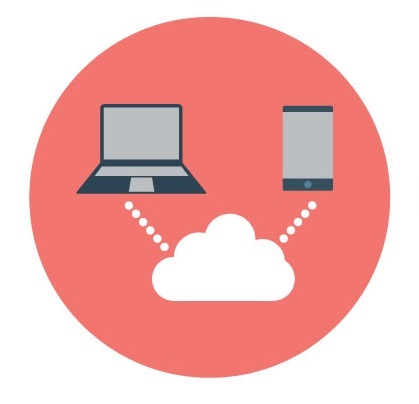10 crucial factors you should use to evaluate your business productivity software, and what features improve or streamline processes.
Amid new regulations, payment models, and paradigms healthcare providers and companies face new RCM challenges. It's crucial that they rethink their administrative solutions.
For providers, the shift toward value-based care requires technology solutions that enable integrated data systems and real-time access to that data. As more of the responsibility to pay for care falls on patients, practices have to shift revenue collections from a back-end to a front-end operation and adapt payment models. Providing the tools to allow staff to complete front-end tasks with maximum efficiency is essential to avoiding processing delays and lost revenue.
According to Healthcare IT News, only 15% of providers report having "very sophisticated" capabilities to support new payment models and related data systems.

Additionally, healthcare vendors facing administrative inefficiencies encounter serious setbacks and disadvantages when compared to competitors with better-managed workflows and more fluent software. Increasingly, organizations are recognizing the need to innovate. Certain indicators can help practitioners determine when they've outgrown their current software.
- Information must often be entered manually. Tasks frequently prove redundant, as the same data has to be input multiple times, increasing the likelihood of errors and delays.
- You've reached the maximum number of administrators who can use the system at one time. This is especially problematic for practices that have multiple departments. Sometimes information is server-based, with data stored on a limited number of computers.
- Information is not available in real-time. Appointment schedules, insurance verification, and payment information cannot be accessed or updated efficiently. Managing exceptions causes significant workflow disruption.
- Systems cannot be integrated. For example, administrators are unable to integrate patient accounts with EHRs.
- Providers struggle to comply with HIPAA requirements, ICD-10 standards, and other regulations. Lack of compliance may be considered fraud, with serious legal implications.
- Administrators cannot effectively monitor cost management and revenue cycles to measure progress in meeting objectives.
- Staff often have to resubmit claims because they cannot be processed efficiently.
- Inferior software systems do not allow administrators to upload claim files to the clearinghouse of their choice. Instead, they're required to use one provided by the software vendor, often at considerable cost.
- Lower-quality systems may provide inferior customer support.
- Outdated software cannot ensure data safety, raising security concerns.
What To Look For
Once you've concluded that a software upgrade is called for, consider the needs of your practice and the IT solution that will provide long-term benefits. Several features will help you streamline administrative processes.
- Convenience is key. Staff should be able to access data quickly, using keyboard shortcuts and a minimum of scrolling through menus. Data systems should be interoperable.
- Cloud-based solutions provide enhanced access and security.
- You should be able to customize settings for different users or departments to facilitate processing and protect sensitive information.
- Updated software allows staff to efficiently schedule appointments and make changes. Some software options offer color-coding for different physicians. Schedules, payment information, and EHRs are available in real-time. Advanced software can also send appointment alerts and reminders.
- It should be easy to create, process, edit and submit claims.
- Staff should be able to easily file completed claims and generate customized reports. They should also be able to create superbills.
- When insurance companies provide electronic remittance files and EOBs, these can be easily imported and posted to provide a record of insurance payments.
- High-quality billing software gives you the capability to create a claim print image file that you can upload to the clearinghouse you want to use.
- Adequate support is essential. Read reviews on the quality of customer service and training offered by the vendor.
Investing in premier software better positions you to transform your administrative processes, achieving best-practice management strategies that ensure optimal compliance and consistently meet the needs of customers and staff alike.
